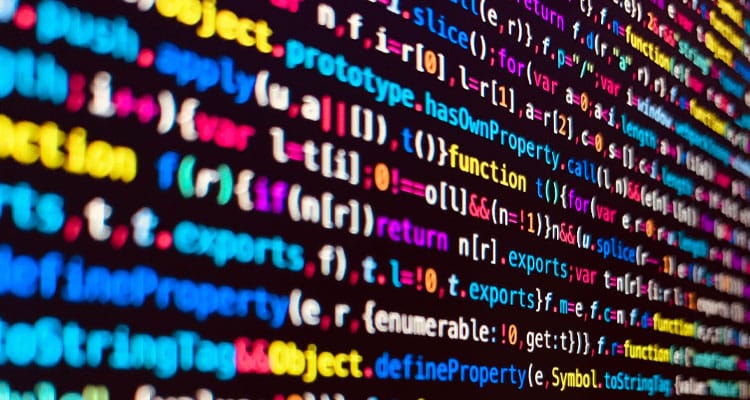Technology
What Is Optical Character Recognition (OCR)?
Optical Character Recognition (OCR) is a research discipline that combines AI, computer vision, and pattern recognition to convert written, printed, or typed text to digital machine-encoded text. Simply described, it is a computer process of converting pictures of writing into text.

What Is OCR Technology and How Has It Changed?
OCR may eliminate the need to manually process documents and re-enter data. This lowers data input errors, data loss, and document misfiling, saving time and money. After the text has been converted it can be modified, displayed, and saved electronically and online. It can also be used for other machine processes such as data mining, machine translation and cognitive computing.
How Does OCR Work?
For optical character recognition, images are captured of paper-based documents, with a scanner or by capturing a photo of the pages (perhaps with a mobile device). At this point, the image is just that, an image – a collection of pixels, or coloured dots.
Pre-processing is then performed on the image to brighten dark photographs or boost contrast, similar to how images are processed in photoshop. Finally, the images are loaded into a specific application that uses Artificial Intelligence to extract shapes, colours, and patterns – and classify them into characters and then words and paragraphs. This method produces text, similar to the content you are reading now.
The visionAI Suite
How Has OCR Transformed?
Combining OCR and AI technologies have revolutionised the sector. When was this amazing technology first used and how has it evolved since?
Optical character recognition used to be accomplished via image modification methods. Computers were designed to locate straight or curved lines, as well as ellipses and circles, which they then tried to reassemble into character representations. This was a slow and inaccurate process, which never produced great results.
Today, a neural network takes an input and creates an output while subtly correcting any errors. A neural network is a program designed to operate similar to how the brain works, by being shown millions of images and told what they are, until it learns to recognize them.
While traditional optical character recognition algorithms were programmed to recognize lines, circles and squares, and as a result couldn’t recognize changes in font, angle, etc. in characters, OCR based on AI is resistant to subtle changes in character, noise, streaks, etc.
OCR was extensively utilized in the 1990s, long before AI and OCR teamed up. The early 2000s saw the advent of cloud-based OCR software and applications. These days, OCR software based on AI is widely used to turn documents into digital text. In reality, many of us utilize this technology every day to create PDFs. Some sophisticated systems may structure output to closely mimic non-textual features like columns and graphics. OCR technology currently reliably recognizes most characters and typefaces with very low error rates.
The advent of Artificial Intelligence has elevated a technology that was difficult and inaccurate into a tool that is used many times a day by millions of people, mostly without them even noticing.
OCR Business Solutions
OCR technology may be used for automated data input, converting analogue documents to digital forms, and more. To discover more about how optical character recognition may benefit your organization, visit visionAI Suite or contact a member of our team. The visionAI Suite uses AI and RPA to automate business processes.
The visionAI Suite can automate customer interactions, onboarding, identity verification, and data extraction.
Contact us today to find out more.
